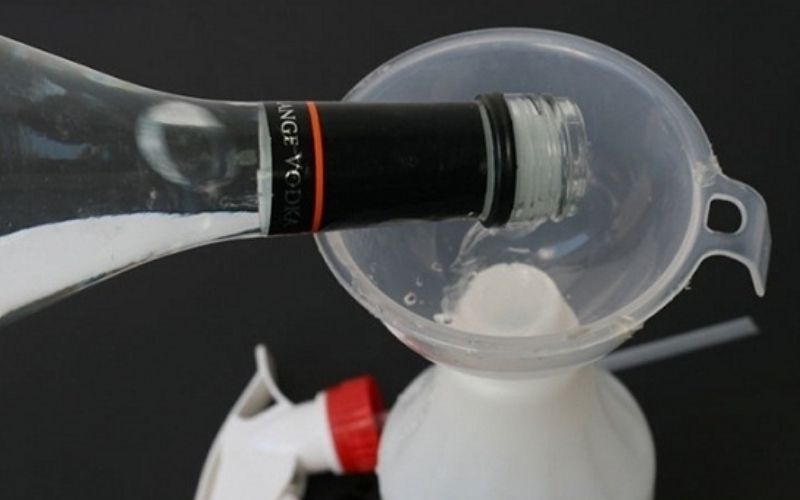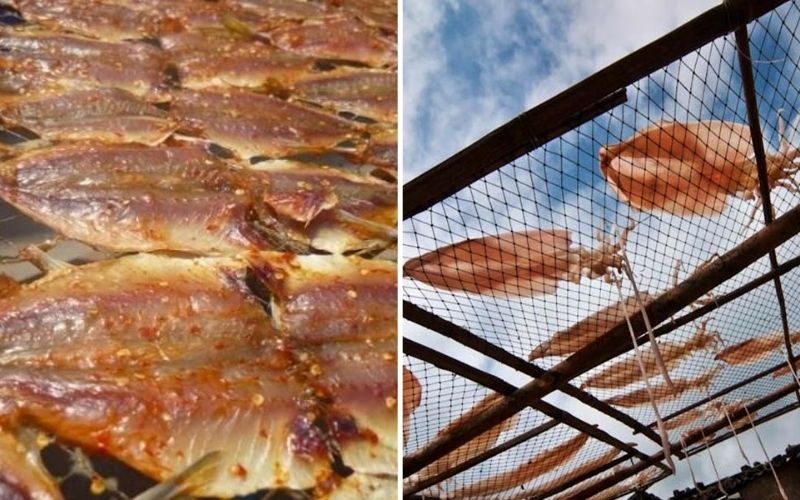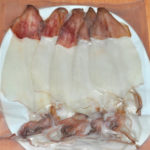Drying foods such as dried squid and fish can be a challenge, especially when it comes to keeping the quality and flavor intact while warding off pesky flies.
But worry not! We have a simple solution that involves just a spray bottle and some alcohol to keep those insects at bay. Read on to discover this super effective trick!
A Trick to Keep Flies Away from Dried Fish and Squid
What You’ll Need
- 1 spray bottle
- White alcohol
Instructions
This method is incredibly easy and takes just a few minutes. Simply pour the white alcohol into a clean spray bottle and lightly spray it onto the surface of the dried fish or squid.
 Use a spray bottle to apply alcohol to dried fish or squid
Use a spray bottle to apply alcohol to dried fish or squid
Once you’ve sprayed the alcohol, you can go ahead and sun-dry the fish or squid as usual. The alcohol will repel the flies, and they won’t dare come near your food again!
Additionally, spraying alcohol on dried fish will make it crispier when fried and enhance the flavor of your dish!
 Alcohol spray keeps flies away and makes dried seafood crispier and tastier
Alcohol spray keeps flies away and makes dried seafood crispier and tastier
This method works great for other dried foods with a strong odor as well.
We hope this trick helps you keep those flies at bay and enhances your daily life! Stay happy and healthy!
How to Spot Chemical-Soaked Dried Fish
“Chemical-laden dried fish, a common delicacy in many cultures, poses a potential health hazard to consumers. But how can one discern and avoid purchasing these treated fish? This article promises to unveil the secrets to making informed choices when buying and consuming dried fish, ensuring a safe and delightful experience.”
The Ultimate Guide to Selecting the Finest Dried Squid: A Tasty and Safe Treat
“With an abundance of dried squid products on the market, it’s no wonder consumers are wary. From rubber imposters to unsanitary, chemically-laden treats, the options are enough to make anyone squirm. Our guide will ensure you become a master at selecting the most delectable and safe dried squid, so you can indulge without worry.”
Identifying Ink Treated with Chemicals
Introducing the world of dried squid, an enticing delicacy that often attracts a swarm of pesky flies. But beware, not all squid are created equal – some are devoid of any fly attention, and that’s a cause for concern. Join us on a journey to uncover the truth behind these chemical-soaked impostors and protect yourself from a costly and unhealthy mistake.






































